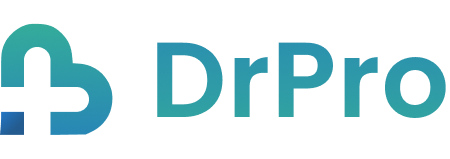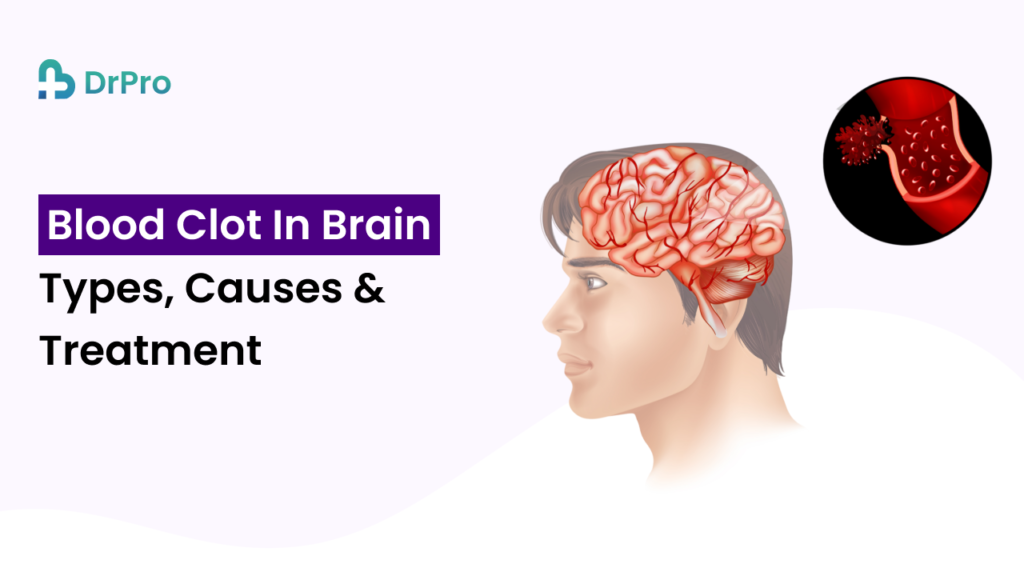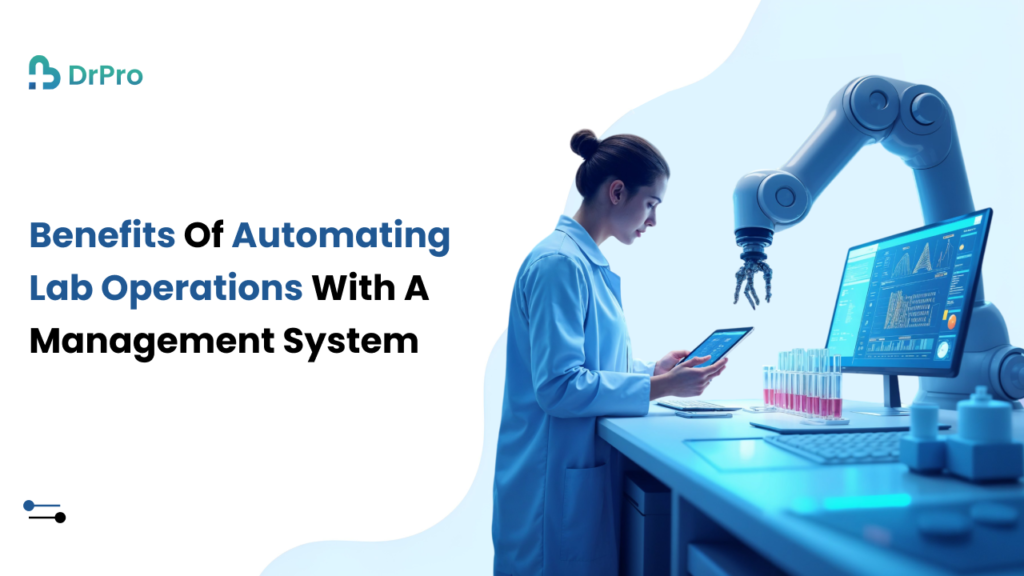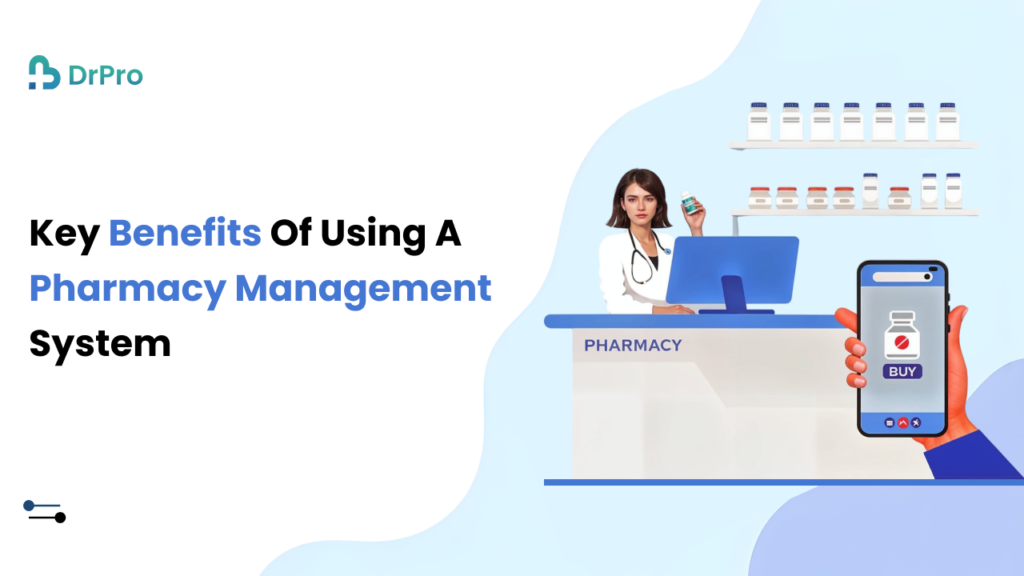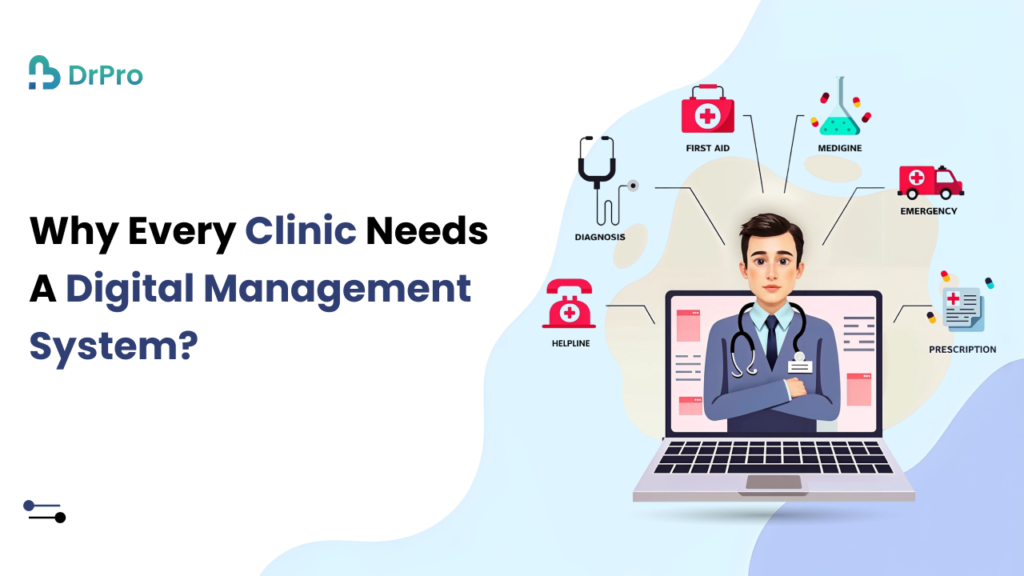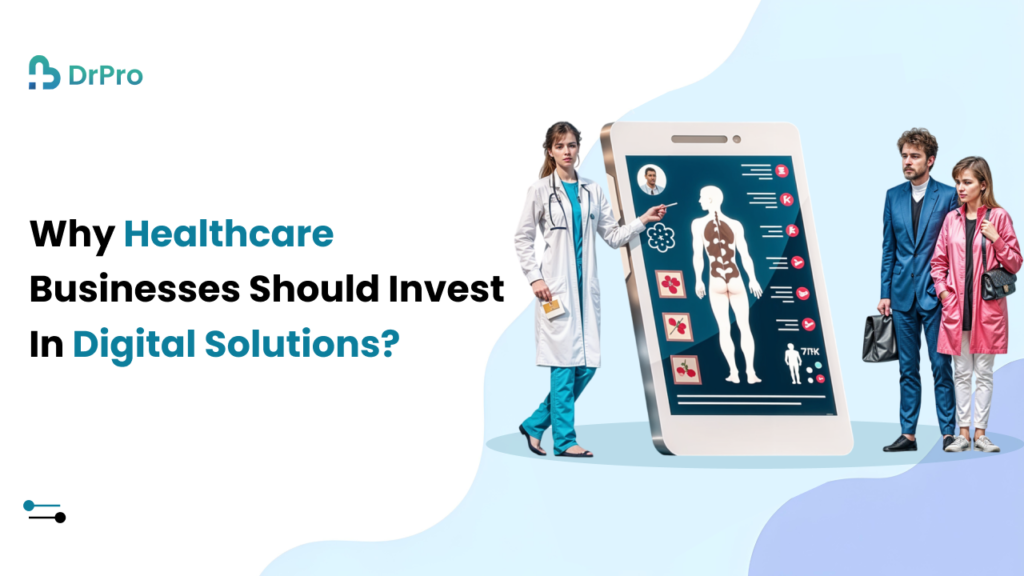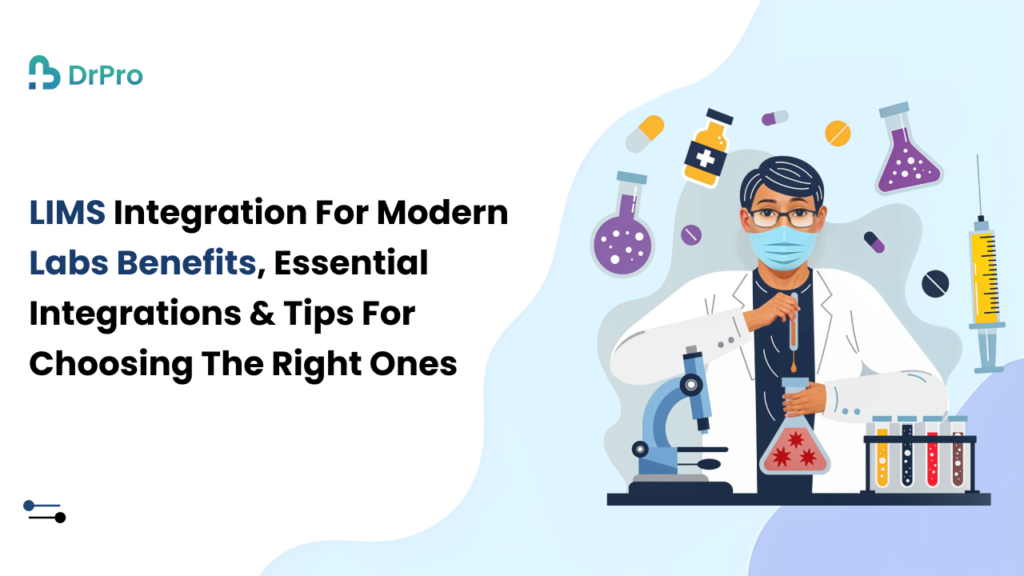Blood Clot in Brain: Types, Causes and Treatment
A brain blood clot is a dangerous condition that may result in a stroke or other complications. It occurs when blood supply to the brain is cut off, and oxygen cannot reach brain cells. This may result in damage and impair an individual’s ability to speak, move, or think normally. Knowing the type, cause, symptom, and cure of a blood clot in the brain can prevent early detection and treatment. Everything has been described easily in this article so that one can easily read it. Read now for more information! 👉 Instagram, Facebook, Twitter, and YouTube. Types of Blood Clots in the Brain There are various types of blood clots in the brain. Some form in the brain, and some move from other areas of the body. 1. Ischemic Stroke (Thrombotic Stroke) This occurs when a clot develops within a blood vessel that serves the brain. It is usually brought about by fat accumulation in the arteries (atherosclerosis). It is the most frequent stroke. 2. Embolic Stroke A clot of blood develops elsewhere in the body (most commonly the heart) and travels to the brain. This kind of stroke is frequent in individuals with abnormal heart rhythms (atrial fibrillation). 3. Cerebral Venous Sinus Thrombosis (CVST) A less common form of clot that occurs in the veins of the brain rather than arteries. It stops blood from draining normally, causing pressure to build up. 4. Transient Ischemic Attack (TIA or Mini-Stroke) Temporary interruption of blood supply to the brain. It is not permanent damage but a sign of an impending stroke. Read More: Brain Stroke First Aid What to Do in an Emergency Causes of Blood Clots in the Brain Several things raise the risk of a blood clot in the brain: 1. High Blood Pressure Places tension on high blood pressure vessels, which tend to clog them. 2. Smoking Harms blood vessels and exposes them to more clots. 3. Diabetes High glucose levels can destroy blood vessels and cause clot formation. 4. High Cholesterol Fats clog up arteries and expose them to the possibility of clotting. 5. Heart Conditions Atrial fibrillation (irregular heartbeat) may develop clots which travel to the brain. 6. Obesity Extra weight can contribute to poor blood flow and heightened risk of clots. 7. Inactivity Prolonged sitting reduces blood flow, raising the risk of clots. 8. Dehydration Makes blood thicker and more prone to clotting. 9. Medications Certain birth control pills and hormone replacement therapy may elevate the risk of clotting. 10. Head Injury May hurt blood vessels and induce clotting. Symptoms of a Blood Clot in the Brain A brain blood clot may suddenly and severely cause these symptoms. If you experience any of them, get immediate medical attention. 1. Sudden Weakness or Numbness Typically on one side of the face, arm, or leg. 2. Trouble Speaking or Understanding Speech Speech is slurred or sentences can’t be formed. 3. Severe Headache A sudden, severe, and different type of headache unlike usual headaches. 4. Vision Problems Vision is blurry, double vision, or vision loss. 5. Loss of Balance or Coordination Trouble walking or feeling dizzy. 6. Confusion or Memory Problems Trouble concentrating or remembering. Diagnosis of a Blood Clot in the Brain Physicians employ various tests to determine whether an individual has a blood clot in the brain: 1. CT Scan or MRI Produces images of the brain to look for clots. 2. Doppler Ultrasound Studies blood flow in the neck arteries. 3. Blood Tests Tests clotting factors and other medical conditions. 4. Angiography Uses a special dye to look at how the blood flows through the brain. Treatment for Blood Clots in the Brain The treatment varies with the size of the blood clot in the brain and the cause of the clot. 1. Medications Blood Thinners (Anticoagulants): Stops clots from enlarging (e.g., warfarin, heparin). Clot-Busting Drugs (Thrombolytics): Dissolves clots in a medical emergency (e.g., tPA). 2. Surgery Thrombectomy: Removes large clots from the brain. Carotid Endarterectomy: Removes blockages in neck arteries to avoid future strokes. 3. Lifestyle Modifications Healthy eating, exercise, and smoking cessation reduce clot risk. 4. Blood Pressure Management Maintaining normal blood pressure decreases stroke risk. 5. Rehabilitation Physical, speech, or occupational therapy may be needed by some individuals to regain health. Preventing Blood Clots in the Brain You can reduce your chances of a blood clot in the brain by making a few small but significant lifestyle changes. Learn more with DrPro! 1. Manage Blood Pressure High blood pressure is one of the top causes of strokes. 2. Eat a Balanced Diet Have fruits, vegetables, and whole grains and exclude unhealthy fats. 3. Regular Exercise Maintains good circulation of blood and keeps the heart strong. 4. Quit Smoking and Alcohol Both raise the risk of clotting and other diseases. 5. Drink Enough Water Adequate water intake keeps the blood from becoming too thick. 6. Treat Underlying Conditions If you have diabetes or high cholesterol, take your doctor’s recommendations. 7. Be Attentive to Symptoms Early recognition of stroke symptoms can enable quick treatment. Conclusion A brain blood clot is a medical emergency that requires immediate medical attention. Being aware of causes, symptoms, and treatment can facilitate early detection and prevention. To reduce your risk, lead a healthy lifestyle, control medical conditions, and get instant help if symptoms show. Quick treatment can save lives and avert permanent damage. Frequently Asked Questions Q1. What are the warning signs of a blood clot in the brain? Sudden weakness, slurred speech, severe headache, and vision problems. Q2. Can a blood clot in the brain be treated? Yes, with blood thinners, clot-busting drugs, surgery, and lifestyle changes. Q3. Who is at higher risk of developing a blood clot in the brain? People with high blood pressure, diabetes, smoking habits, and heart disease. Q4. Can lifestyle modifications prevent blood clots in the brain? Yes, a healthy diet, exercise, smoking cessation, and management of medical conditions can. Q5. How quickly should I seek medical help if I suspect a
Blood Clot in Brain: Types, Causes and Treatment Read More »

